Designing for History
kategardens
20 years ago
Related Stories
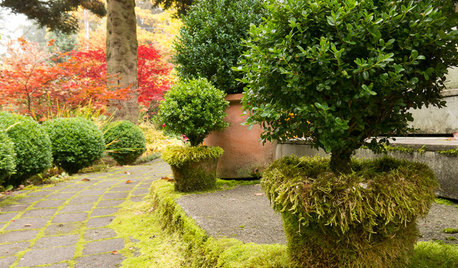
LANDSCAPE DESIGNEvoke Mystery and History With Moss in the Garden
Go ahead, lie about age. Moss on garden statues, planters and pavers creates the beautifully deceptive look of time’s passing
Full Story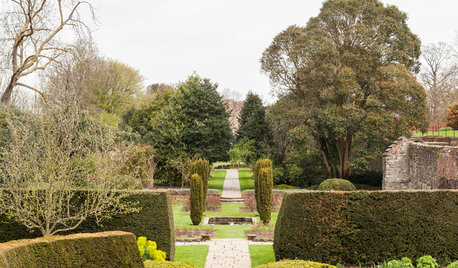
HOMES AROUND THE WORLDGarden Tour: A Rich History Is Revived at Eltham Palace
This classic English garden mixes medieval relics with 1930s style
Full Story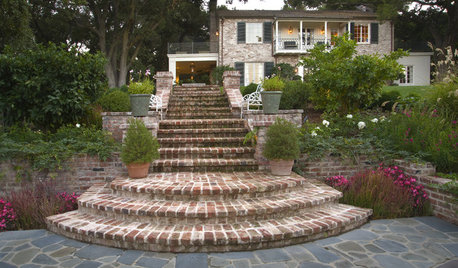
MATERIALSReclaimed Brick Brings History and Charm to the Garden
Old bricks make durable and beautiful pavers for the home landscape
Full Story
EXTERIORSHistory Gets a New Spin on a Victorian Facade
Modernization had stripped this home’s exterior of its charm. Now the owners have put it back — in their own personal take
Full Story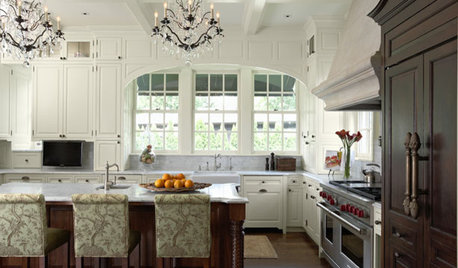
HOUZZ TOURSHouzz Tour: A Home Full of History and Surprise
Minnesota designer remodels a historic residence using traditional styles and techniques
Full Story
DECORATING GUIDESThe New Nostalgia: History With a Kick
Just like fashion, interior design sometimes flashes back with an edgy yet restrained interpretation of the past
Full Story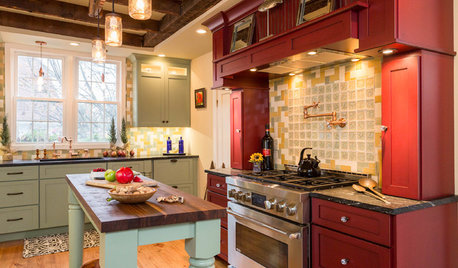
FARMHOUSESKitchen of the Week: Renovation Honors New England Farmhouse’s History
Homeowners and their designer embrace a historic kitchen’s quirks while creating a beautiful and functional cooking space
Full Story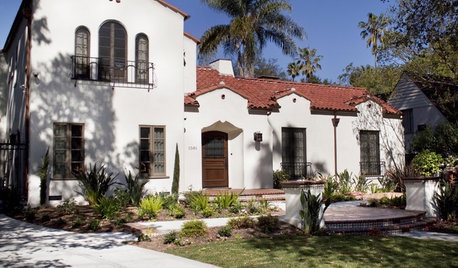
ROOTS OF STYLEClues to Your Home's Architectural History
Use this quick guide to design themes to identify the era and style of your house's details
Full Story
HOUZZ TOURSMy Houzz: History and Charm Infuse a California Hilltop Home
They've lived almost 50 years in one home, but this constantly renovating couple has design tastes that don't stand still
Full Story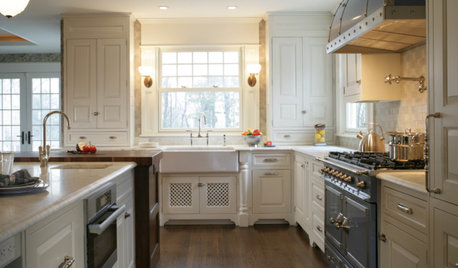
KITCHEN DESIGNKitchen of the Week: History Lives in a Greek Revival
Honoring its 1900s roots, this New Jersey kitchen reflects the past while working beautifully in the present
Full Story





inkognito
FranVAz7
Related Professionals
Salisbury Landscape Architects & Landscape Designers · Clayton Landscape Contractors · Elkridge Landscape Contractors · Hannibal Landscape Contractors · Haverhill Landscape Contractors · Marlborough Landscape Contractors · Overland Park Siding & Exteriors · San Diego Siding & Exteriors · West Bloomfield Township Siding & Exteriors · Fremont General Contractors · Marysville General Contractors · Milton General Contractors · Noblesville General Contractors · Pine Hills General Contractors · Winfield General Contractorsginger_nh
mjsee
nandina
inkognito
inkognito
Saypoint zone 6 CT
ginger_nh
nandina
inkognito
kategardensOriginal Author
egyptianonion
FranVAz7
JeanneK
FranVAz7
egyptianonion